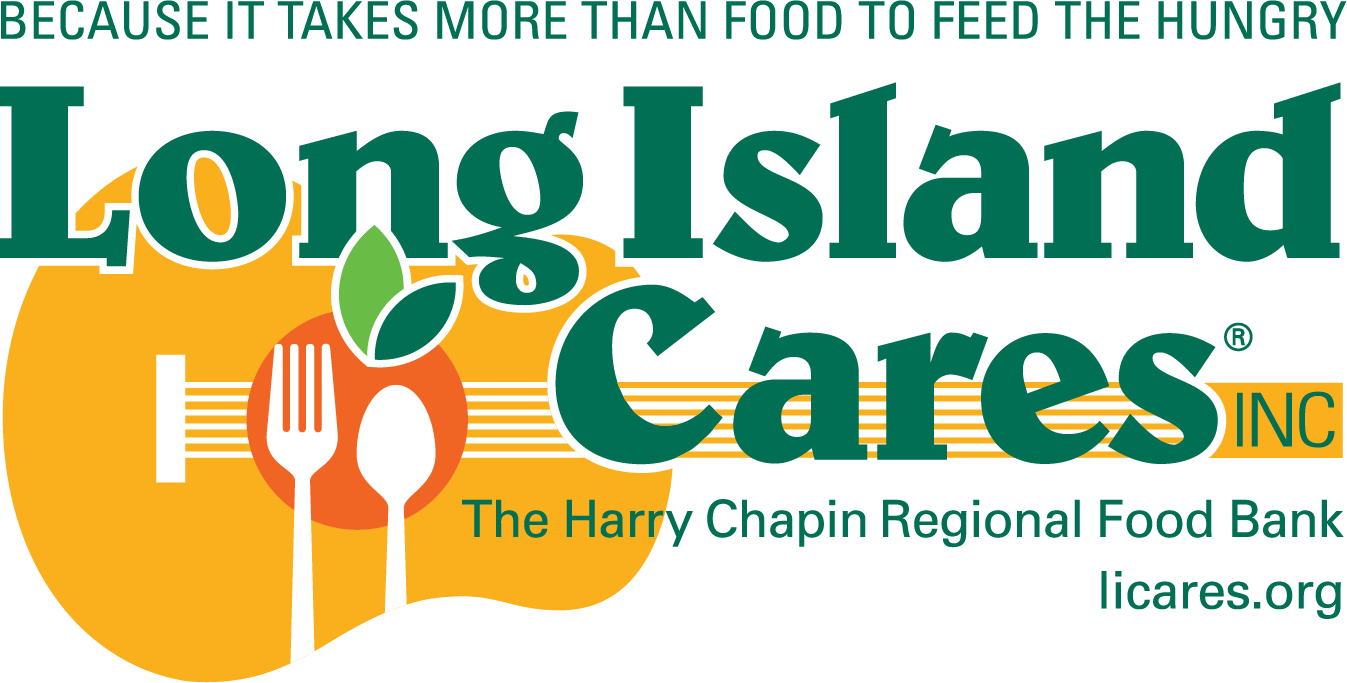Food Swamps:
The Unhealthy Reality of Many Neighborhoods
Guest Blogger: Landon D’Agate
According to the Los Angeles Food Policy Council, a food swamp is a term used to describe an area with an “over-allocation” of unhealthy food. Food swamps are often associated with socioeconomic disparities, as low-income communities are more likely to have limited access to healthy foods. I was honored to speak with Dr. Brennan Rhodes-Bratton, who has many accomplishments, including a Master of Public Health and Doctor of Public Health, both from Columbia University. She is currently a postdoctoral fellow at NYU with the Anti-racism, Social Justice, and Public Health group. Dr. Rhodes-Bratton was awarded the prestigious Ruth L. Kirschstein National Research Service Award while at Columbia University. During our discussion, we covered many aspects of food swamps, from the definition to the causes and potential solutions.
Watch my complete interview with Dr. Rhodes-Bratton
What is a Food Swamp?
A food swamp is an area where unhealthy food options are more readily available and affordable than healthier food options. Dr. Rhodes-Bratton described a food swamp as an area that is “oversaturated with unhealthy foods.” This is typically observed in neighborhoods where there is a high concentration of fast food restaurants and convenience stores but few supermarkets that sell fresh produce and other healthy foods. In fact, Dr. Brennan Rhodes-Bratton reminded us that research has demonstrated that in Food Swamps, there are four unhealthy options for every healthy eating option.
Why are Food Swamps bad for our communities?
In a food swamp, residents may have limited access to nutritious foods, making it difficult to maintain a healthy diet. This can contribute to health problems such as obesity, diabetes, and heart disease. According to Dr. Rhodes-Bratton, studies on food swamps have demonstrated a higher probability of predicting poor health outcomes. Food swamps are often reflective of larger racial and economic undertones that perpetuate inequities in food availability.
How can future generations help improve Food Swamp conditions?
Future generations can help improve food swamp conditions in several ways:
- Reach out to your local politician – As discussed during the interview, the largest impact we can have is through our local legislature. Get involved and let your voice be heard.
- Take initiative in your community – Build a community garden and support your local farms.
- Education – Future generations need to educate themselves and their community on the importance of eating foods that are sustainable and avoiding highly processed foods.
What policies or initiatives are being implemented to affect Food Swamp issues?
Multiple policies and initiatives are being implemented to help combat Food Swamps, which were discussed during my interview with Dr. Rhodes-Bratton.
- Zoning Laws – Cities are implementing zoning laws that limit the number of fast-food restaurants, with the goal of improving the availability of fresh produce in a given area.
- Food financial assistance programs – Programs such as Supplemental Nutrition Assistance Program (SNAP) can help low-income people afford more nutritious food options, which tend to be more costly.
- Promoting farmer’s markets – Farmer’s markets help promote local nutrition and also support the local economy.
References
- Food Equity and Access — Los Angeles Food Policy Council https://www.goodfoodla.org/food-equity-and-access
- Cooksey-Stowers K, Schwartz MB, Brownell KD. Food Swamps Predict Obesity Rates Better Than Food Deserts in the United States. Int J Environ Res Public Health. 2017 Nov 14;14(11):1366. doi: 10.3390/ijerph14111366. PMID: 29135909; PMCID: PMC5708005.
- Combating Food Swamps to Improve Equity and Public Health https://greenlaw.blogs.pace.edu/2021/07/15/combating-food-swamps-to-improve-equity-and-public-health/
- OCTOBER 2017 FOOD DESERTS AND FOOD SWAMPS: A PRIMER NCCEH https://www.ncceh.ca/sites/default/files/Food_Deserts_Food_Swamps_Primer_Oct_2017.pdf
